What Is Fly Ash?
Important Point
Fly ash is a fine powder that would be a by-product of the combustion of pulverized coal in power plants. It is a key component when we talk about what is fly ash in concrete.
Fly ash is a pozzolan, a liquid that contains aluminous as well as siliceous material which creates cement in the presence of water.
When combined with lime and water, fly ash creates a similar composition to Portland cement. This renders fly ash ideal as a raw material for mixed cement, mosaic tiles, and hollow bricks, among many other construction materials.
That is used in concrete mixtures, fly ash increases the strength and isolation of the concrete and makes pumping smoother.
Fly Ash Composition.
The fly ash composition are as follows, which is crucial when considering fly ash in cement.
- Silicon Oxides.
- Aluminium Alloy.
- Calcium Oxides.
- Magnesium.
- Potassium.
- Magnesium.
- Titanium.
- Sulfur.
These are also found at a smaller degree. Although used it as a mineral aggregate in asphalt, fly ash is graded either as Class C or Class F ash on the basis of its chemical composition.
- Class C ash is commonly extracted from sub-bituminous coals and consists mainly of calcium aluminum sulfate glass, quartz, tricalcium aluminate, and free lime (CaO). Class C ash is often referred to since high calcium ash as it usually contains many as 20% CaO.
- Class F ash is usually extracted from bituminous which anthracite coals and consisting mainly of aluminum silicate glass, with quartz, mullite and magnetite also present. Class F or low calcium ash is less than 10% CaO.
Also, Read: 10 Difference Between Mortar and Concrete | What Is Mortar & Concrete | Types of Mortar & Concrete
Useful Article for You
- What Is a Contour Interval
- What Is Tile
- What Is the Difference Between a Shower Pan and a Shower Base?
- What Is Raft
- What Is a Window Panel
- What Is a Frame Structure
- What Is the Measurement for a Queen Size Bed
- What Is Considered Livable Space
- What Is One Way You Can Save Electricity?
- What Is Mdf Mean
- Disadvantages of Low E Glass
- What Is a Bundle of Shingles
- What Is a Gallon of Water Weigh
- What Is Overhang
- What Is Sand Blasting
- What Is a Span Bridge
- What Is a Soil Stack
- What Is the Little Black Diamond on a Tape Measure
- What Is a Louvered Door
- What Is a Spread Footing
- What Is Leveling
Where Does Fly Ash Come From?
Fly ash is provided by coal-fired electrical and steam-fired power plants, and it’s commonly used as a fly ash admixture in concrete.
Typically, coal is pulverised and blasted with air into the boiler’s combustion chamber, where it rapidly ignites, generates heat, and produces molten mineral residues.
Boiler tubes remove heat from the boiler, cool the flue gas and allow the molten mineral debris to harden and form ash.
The coarse ash particles, referring to as quarry dust or slag, sink to the bottom of the combustion process, whereas the lighter fine ash particles, known as fly ash, remain stuck in the flue gas.
Fly ash is extracted by particulate pollution control systems, including such electrostatic precipitators or filter bags, previous to exhausted the flue gas.
Fly Ash in Concrete
When discussing fly ash in concrete advantages and disadvantages, it’s worth noting that fly ash in concrete provides good use of portal cement hydration products.
Calcium as well as alkali hydroxide solutions, that are emitted into the porous system of the paste, mix with fly ash particles, creating a cement medium, and the heat generated by hydration of portal cement is a significant factor in the initiation of a fly ash reaction.
As ash-containing concrete is fully cured, ash-containing reaction products occupy the gaps between hydrating cement particles, further reducing concrete permeability to water and offensive chemicals.
The slower response time of many fly ash relative to portland cement limits the amount of early heat generation and the damaging early temperature increase of large structures.
Properly proportioned fly ash mixtures add properties to concrete that cannot be accomplished by using portland cement alone.
Also, Read: 81 Nos of List Use Construction Tools and Pieces of Equipment
Benefits of Fly Ash Concrete
- Fly ash is also a cost-effective alternative to Portland cement, which explains why fly ash is used in cement.
- Fly ash is often known as an environmentally sustainable substance because it is a by-product that has low energy content, a measure of how much energy is used in the processing and shipment of construction materials.
- Portland cement, on the other hand, has very high incarnated energy, since its processing requires a great deal of heat.
- Fly ash has less water than Portland cement and is simpler to be used in cold weather.
- Produces different fixed times.
- Resistance to cold weather.
- High strength gains, based on the use.
- Could be used as an admixture.
- Considered a non-shrink substance.
- Produces thick concrete with a smooth surface and sharp detail.
- Great opportunity to operate.
- Reduces cracking, permeability, and bleeding issues Reduces hydration heat.
- Allows a smaller water-cement ratio with equivalent slumps relative to non-fly-ash mixtures.
- Reduces emissions of CO2
Useful Article for You
- Moment Frame
- Monolithic Slab
- Zero Force Members
- How Much Does a Yard of Concrete Weigh
- Cmu Wall Meaning
- Gradient Road
- Pile-Cap
- Budget Sunroom Ideas
- What Is Gypsum Board
- Types of Vaulted Ceilings
- Well Points
- How Does Baking Soda Remove Blood from Carpet
- What Are Forms in Construction
- How Heavy Is Dirt
- Tender Meaning in Architecture
- Dark Olive Green House
- Cast in Place Concrete
- Lean to Roof
- What Is a Pitched Roof
- How Tall Is an Average Door
Applications for Fly Ash Concrete
- Fly ash is utilized as a raw material for many cement-based goods, making it a versatile fly ash used in concrete, including poured concrete, concrete blocks, and bricks.
- Among the most popular applications of fly ash is the PCC pavement. Road-building projects utilizing PCC will use a huge amount of asphalt, and the replacement of fly ash has major economic advantages.
- Fly ash is also used as a reservoir and mine fill,
- Usually, the rate of replacement of fly ash for Portland cement is 1 to 1 1/2 pounds of fly ash for 1 pound of cement.
- Consequently, the proportion of the fine aggregate in the concrete mixture must be decreased in order to absorb the increased content of the fly ash.
Also, Read: What Is Fresh Concrete | 8 Properties of Fresh Concrete
Use of Fly Ash in Concrete
- Improved workability of plastic concrete, which is one of the fly ash in concrete advantages and disadvantages.
- Added resilience and toughness to reinforced concrete.
- An extra revenue source for coal-fired power plants.
- A drop in the cost of cement processors. When ash is applied to cement mixtures, the amount of cement used by Portland will be decreased. It also helps manufacturers to sell cement at a reduced cost with equivalent or better profit margins.
- Reduction of garbage at the dumpsite, thereby enhancing the environment.
Advantages of Fly Ash Concrete
- It’s really economical, which is one of the key advantages of fly ash in concrete.
- The use of Fly Ash is environmentally sustainable since waste materials from industry are successfully used to manufacture high-quality construction materials.
- Fly Ash contains very small particles that make the concrete very thick and decreases the permeability of concrete. It could bring more power to the house.
- The concrete mixture produces a very low hydration heat, which avoids thermal cracking.
- Fly Ash concrete is immune to acid and sulfate attacks.
- The shrinkage of fly ash concrete is even smaller.
- The use of fly ash gives concrete a strong ability to perform, toughness, and finish.
Also, Read: Top 20 AAC Block Company in India
Disadvantages of Fly Ash Concrete
- Smaller manufacturers and housing contractors may not be familiar with fly ash materials, which is one of the disadvantages of fly ash in concrete, which may have different properties based on where and how they have been made.
- Fly ash applications can face opposition from conventional builders due to its propensity to bloom along with concerns about freeze/thaw efficiency.
- Slower power gain.
- Seasonal Restriction.
- Increased need for air-conducting mixtures.
- Increase in salt scaling provided by higher proportions of fly ash.
- The consistency of fly ash is significant, but it can vary. Poor-quality fly ash can have a harmful impact on concrete.
- The key benefit of fly ash is decreased permeability at a low cost, but low-quality fly ash can also improve permeability. Some fly ash, such as that generated at a power plant, is consistent with concrete.
- Other varieties of fly ash must be used, and other forms could be adequately changed for use in concrete.
- Any asphalt can eventually set as the ash is used. While this could be seen as a drawback, it may also be a gain by minimising thermal tension.
- As cement sets, it produces 100 calories per gramme such that the temperature of the structure will climb to 135 degrees. Any fly ash should be used to prevent the temperature from growing too high (less than 45 degrees).
- Even so, concrete with fly ash can be set up normally or even quickly, as many other factors affect the production of the set and power.
- Freeze-thaw stability in the use of fly ash in concrete will not be acceptable. The amount of air released in the concrete determines the freeze-thaw longevity and the high carbon content of certain fly ash materials absorbs certain air-conducting agents, reduces the amount of air produced in the concrete and makes the concrete vulnerable to frost damage.
- High-carbon fly ash materials prefer to use more water and even darken asphalt. It is not advised to use a high-carbon (greater than 5%) content of fly ash, but if it is to be used, the correct air content can be obtained by increasing the concentration of the air-training agent.
- Low setup and weak early intensity do not have to be the results that use fly ash. That most of the time, higher fineness as well as reduced fly ash can lead to high early intensity.
- Fly ash may also be blended with a limited volume of condensed silica smoke to boost fixed or initial properties. Definitely, close consideration to mixing design including water content is often needed to ensure proper set-up and early production of power.
- Precasters must aim to achieve as high silica content as practicable from fly ash. Silica reacts with cement lime to create capacity and decrease permeability.
What Is Fly Ash?
Fly ash or flue ash, also known as pulverised fuel ash in the United Kingdom, or coal combustion residuals, is a coal combustion product that is composed of the particulates that are driven out of coal-fired boilers together with the flue gases.
Fly Ash Composition
Fly ash consists primarily of oxides of silicon, aluminum iron and calcium. Magnesium, potassium, sodium, titanium, and sulfur are also present to a lesser degree. When used as a mineral admixture in concrete, fly ash is classified as either Class C or Class F ash based on its chemical composition.
What Does Fly Ash Do in Concrete?
Fly ash use in concrete improves the workability of plastic concrete, and the strength and durability of hardened concrete. Fly ash use is also cost effective. When fly ash is added to concrete, the amount of portland cement may be reduced.
Where Does Fly Ash Come from?
Fly ash is produced by coal-fired electric and steam generating plants. Typically, coal is pulverized and blown with air into the boiler’s combustion chamber where it immediately ignites, generating heat and producing a molten mineral residue.
Also, Read: Bolt Vs Screw | What Is Bolt | What Is Screws
What Is Fly Ash Concrete?
Fly ash is a fine powder that is a byproduct of burning pulverized coal in electric generation power plants. When used in concrete mixes, fly ash improves the strength and segregation of the concrete and makes it easier to pump.
Fly Ash in Concrete
Fly ash use in concrete improves the workability of plastic concrete, and the strength and durability of hardened concrete. Fly ash use is also cost effective. When fly ash is added to concrete, the amount of portland cement may be reduced. Benefits to Fresh Concrete.
Fly Ash Concrete Disadvantage
- Slower strength gain.
- Seasonal limitation.
- Increased need for air-entraining admixtures.
- Increase of salt scaling produced by higher proportions of fly ash.
Benefits of Fly Ash Concrete
Fly ash use in concrete improves the workability of plastic concrete, and the strength and durability of hardened concrete. Fly ash use is also cost effective. When fly ash is added to concrete, the amount of portland cement may be reduced.
Use of Fly Ash Concrete
Fly ash is a pozzolan, a substance containing aluminous and siliceous material that forms cement in the presence of water. When used in concrete mixes, fly ash improves the strength and segregation of the concrete and makes it easier to pump.
Also, Read: What Is Water Cement Ratio | Water-Cement Ratio and Concrete Strength | Role of Water in Concrete
Application of Fly Ash Concrete
Fly ash use in concrete improves the workability of plastic concrete, and the strength and durability of hardened concrete. Fly ash use is also cost effective. When fly ash is added to concrete, the amount of portland cement may be reduced.
Advantages of Fly Ash Concrete
Fly ash use in concrete improves the workability of plastic concrete and the strength and durability of hardened concrete. Fly ash use is also cost-effective. When fly ash is added to concrete, the amount of portland cement may be reduced.
Like this post? Share it with your friends!
Suggested Read –
- Concrete Workability
- Top 10 Cement Companies in USA
- Top 10 Best Cement Companies In India 2021
- Top 10 Bathroom Fittings & Sanitary Brands India
- What Is Grouting | Types of Grouting | Advantage of Grouting
- What Does Parapet Mean | Types of Parapet Wall | Uses of Parapet Wall
- Cinder Block Vs Concrete Block | What Is Cinder Blocks | What Is Concrete Blocks
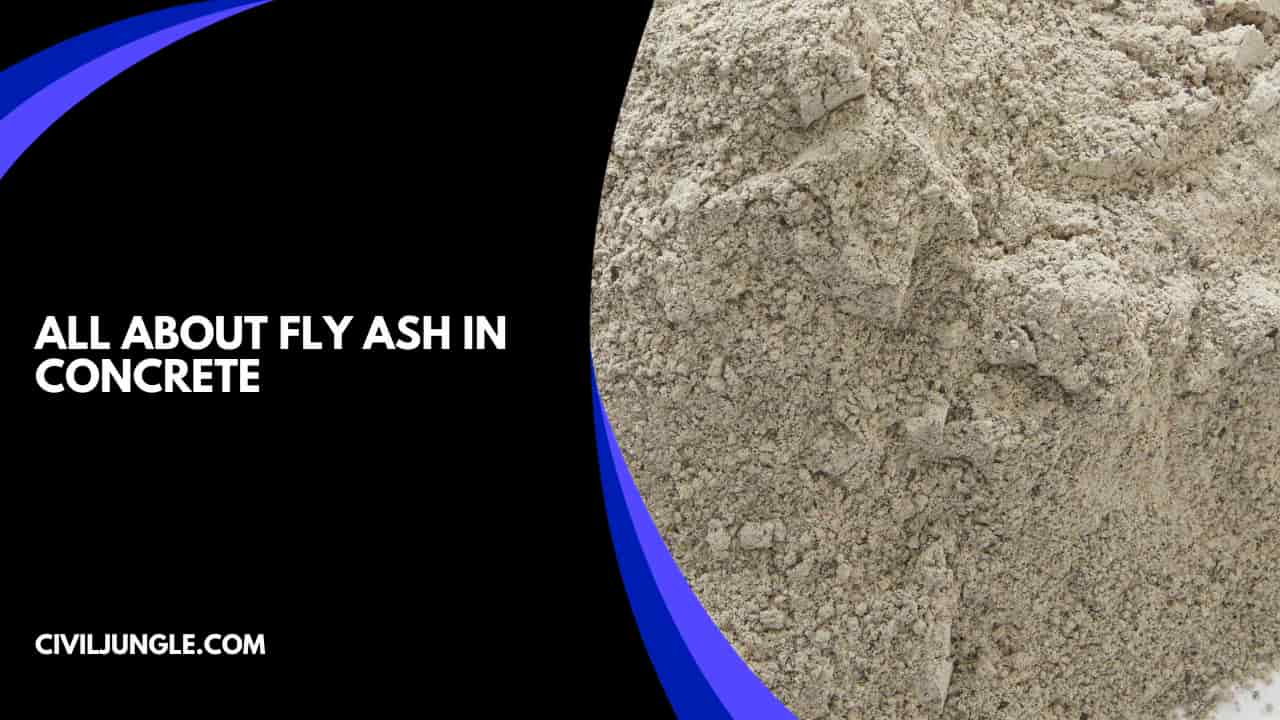
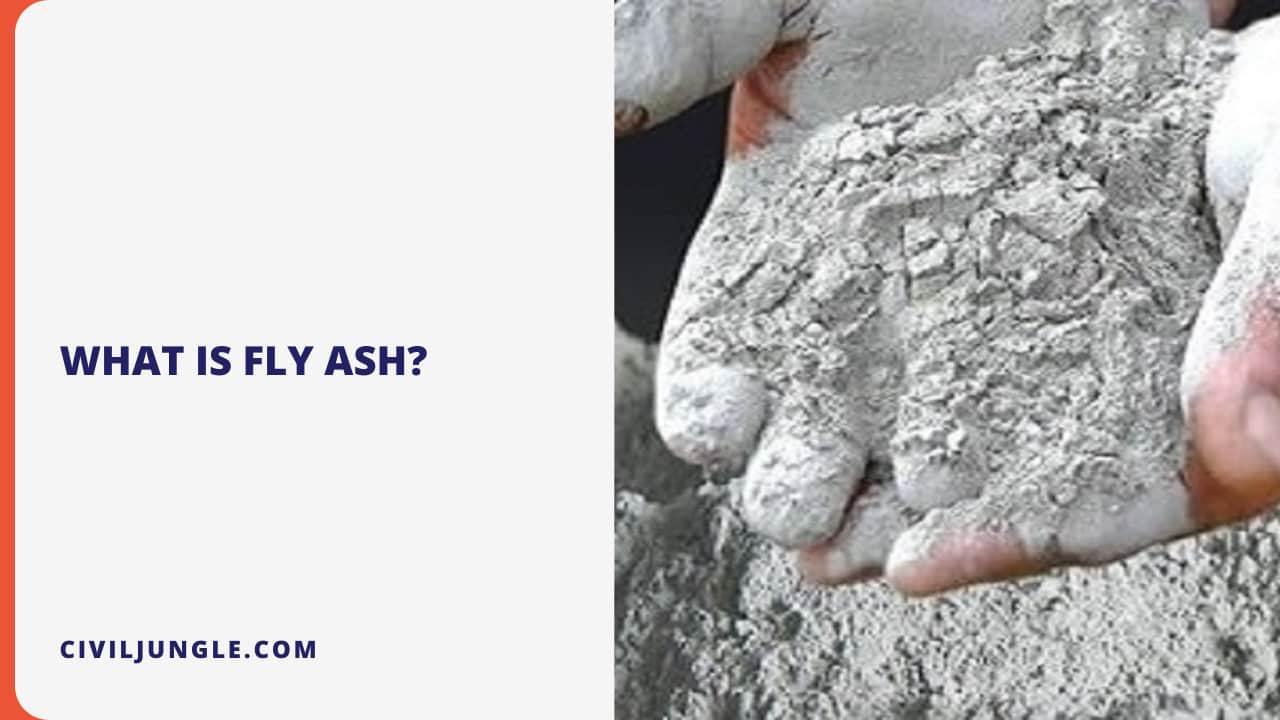
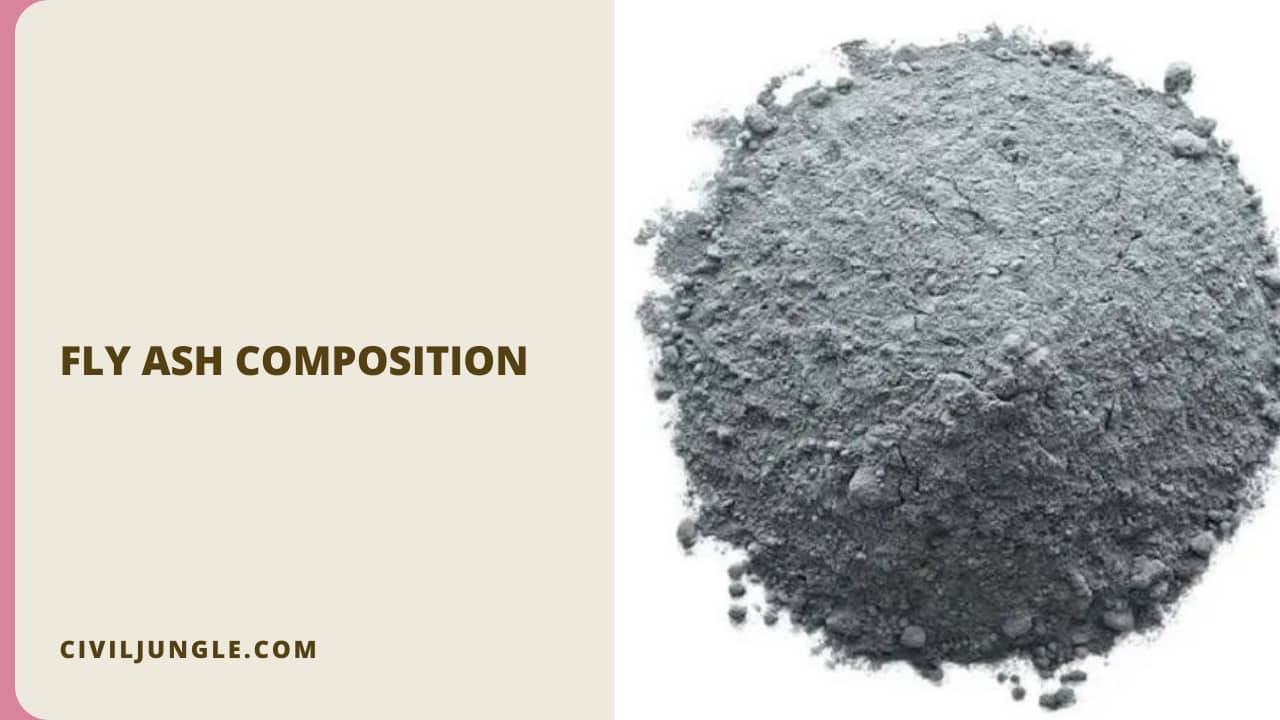

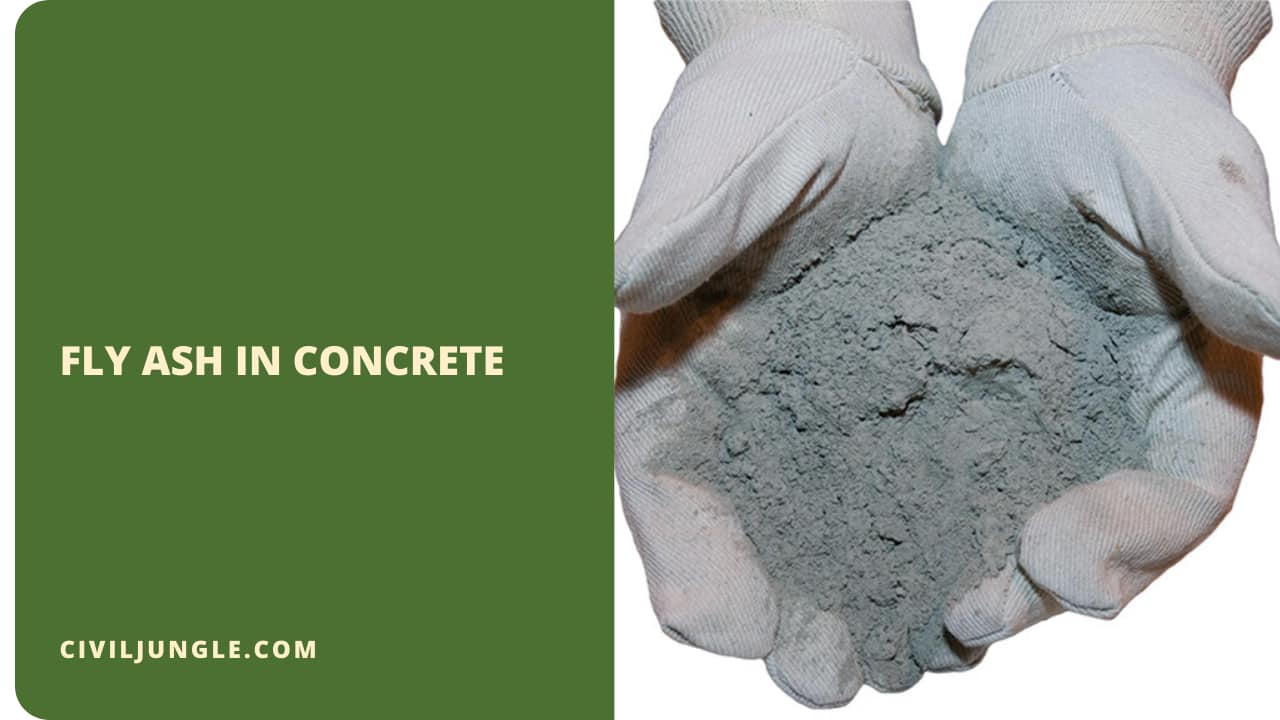
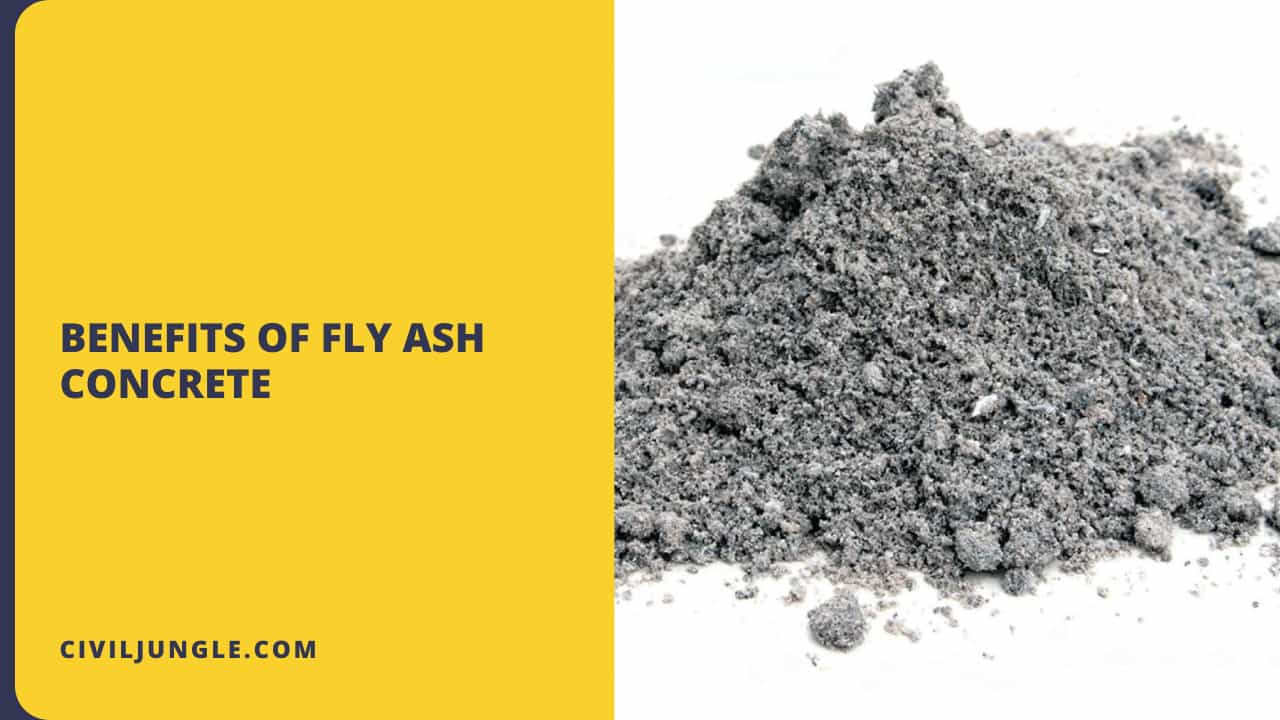
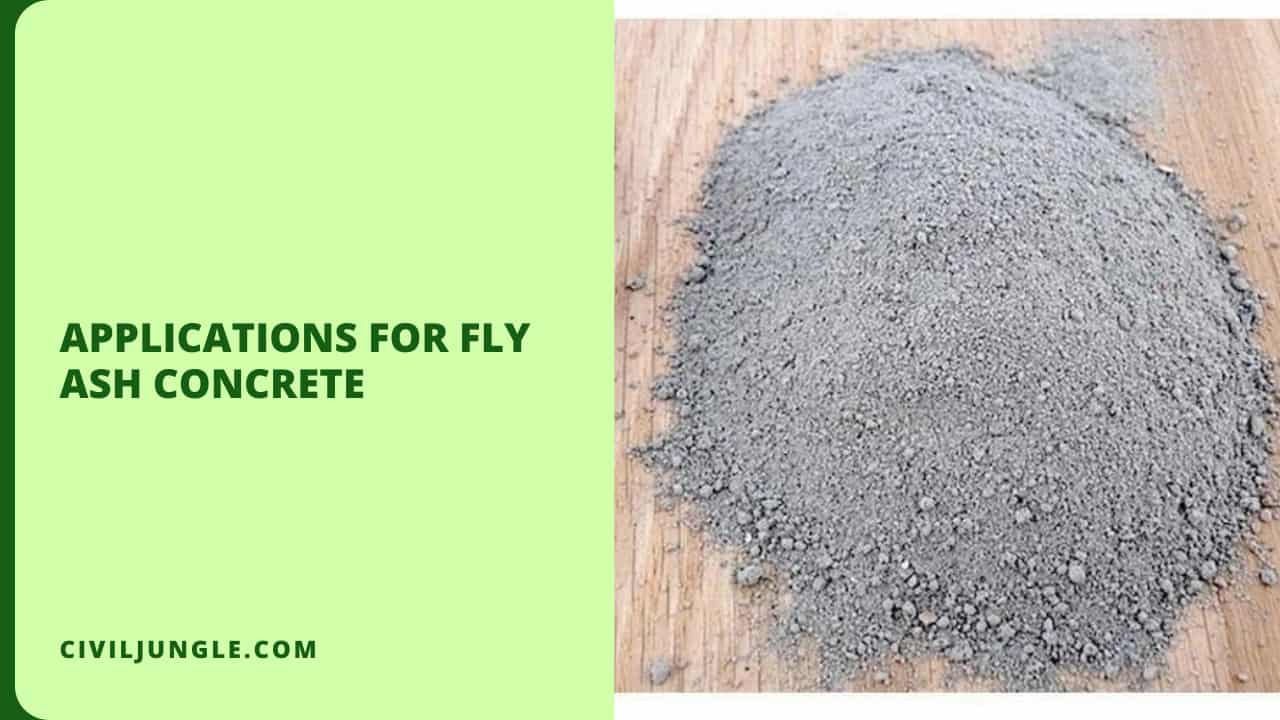
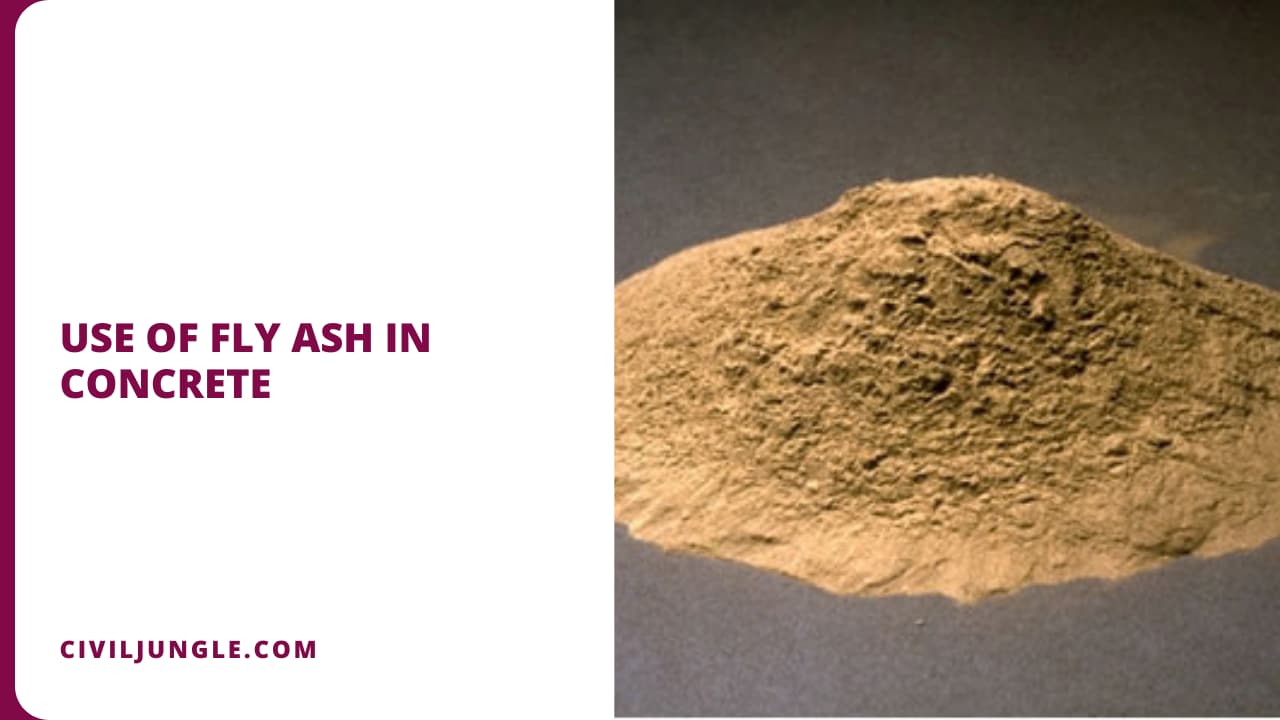
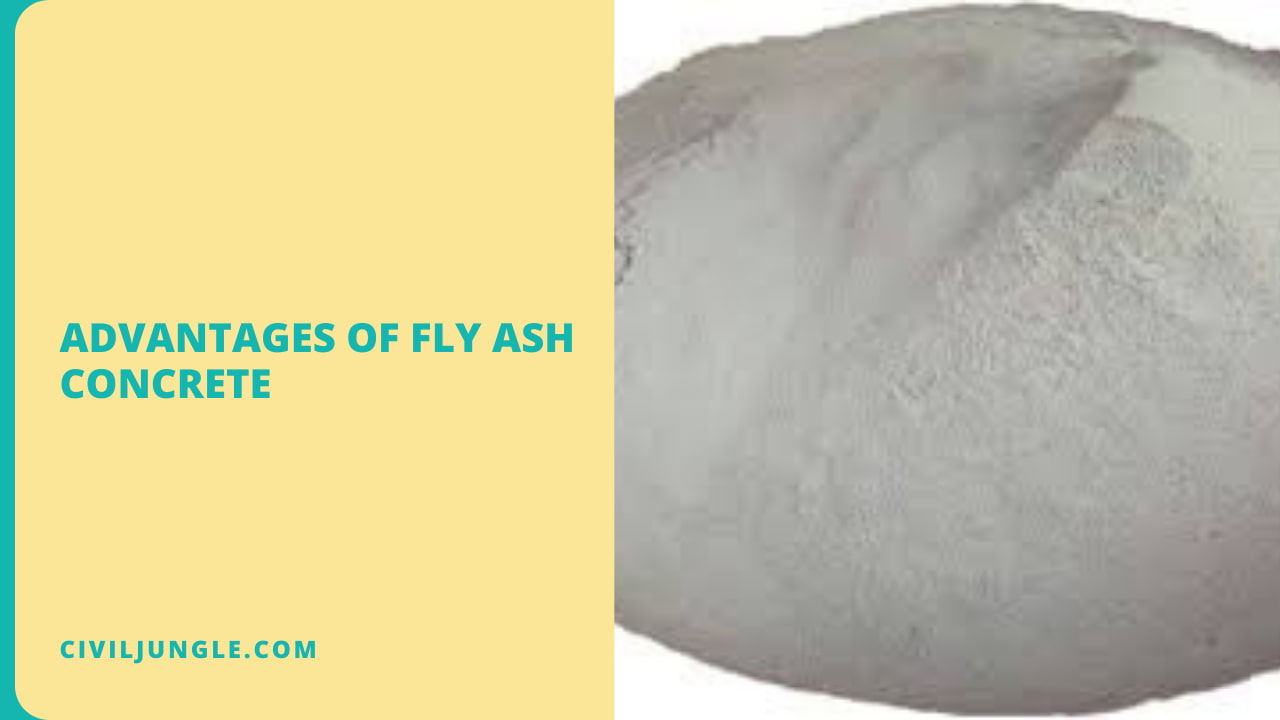
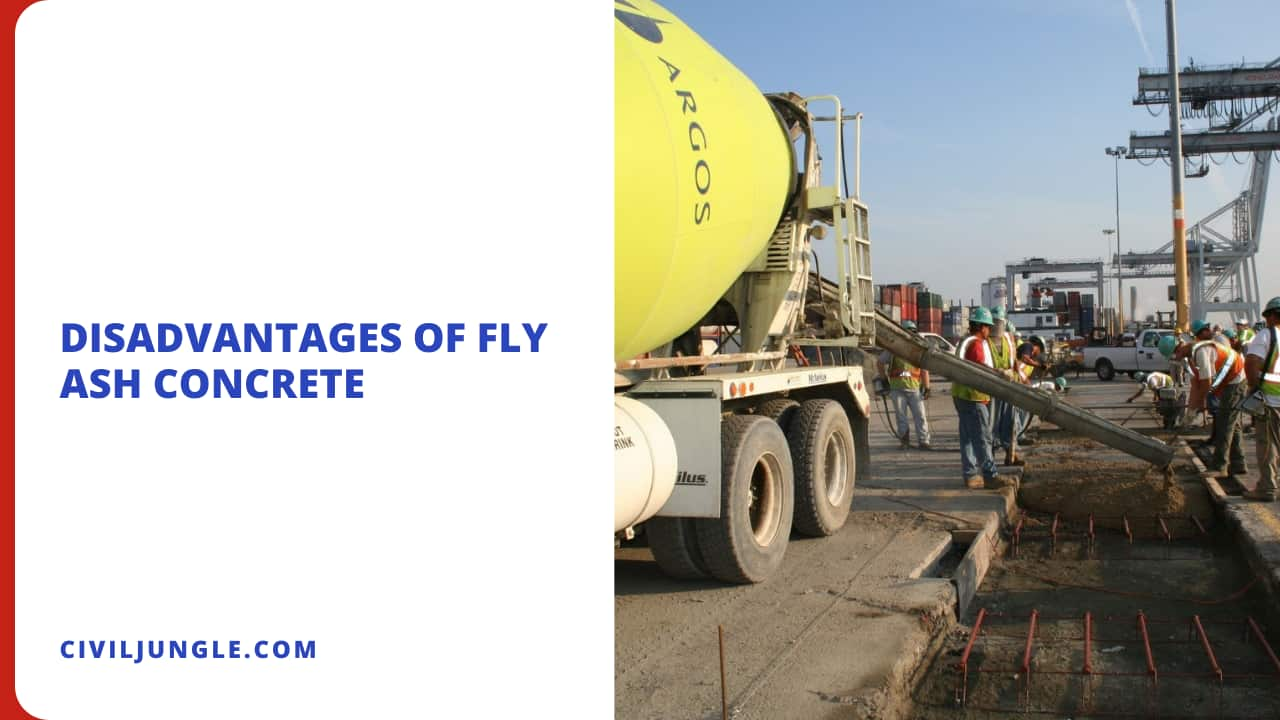

Leave a Reply